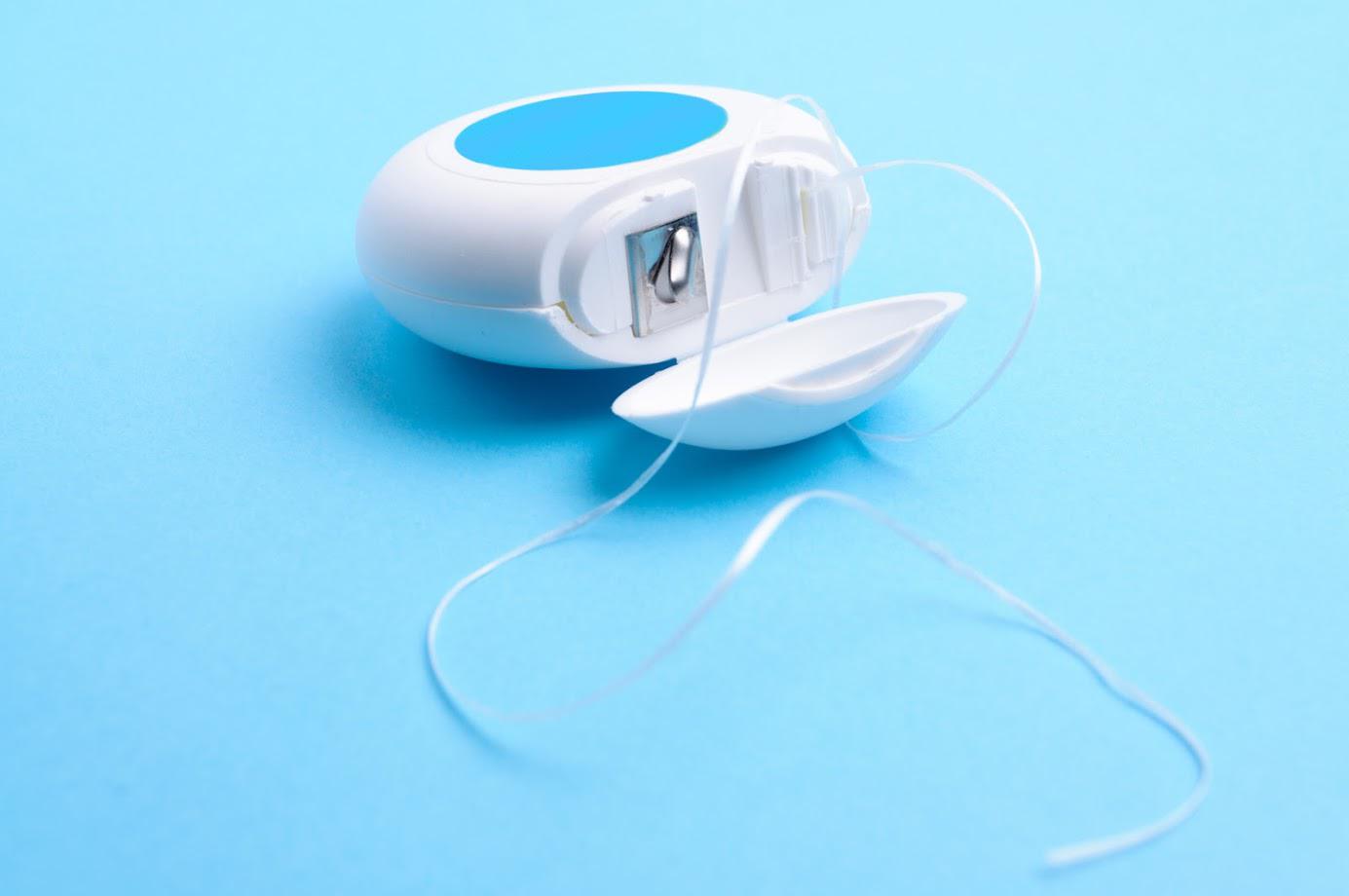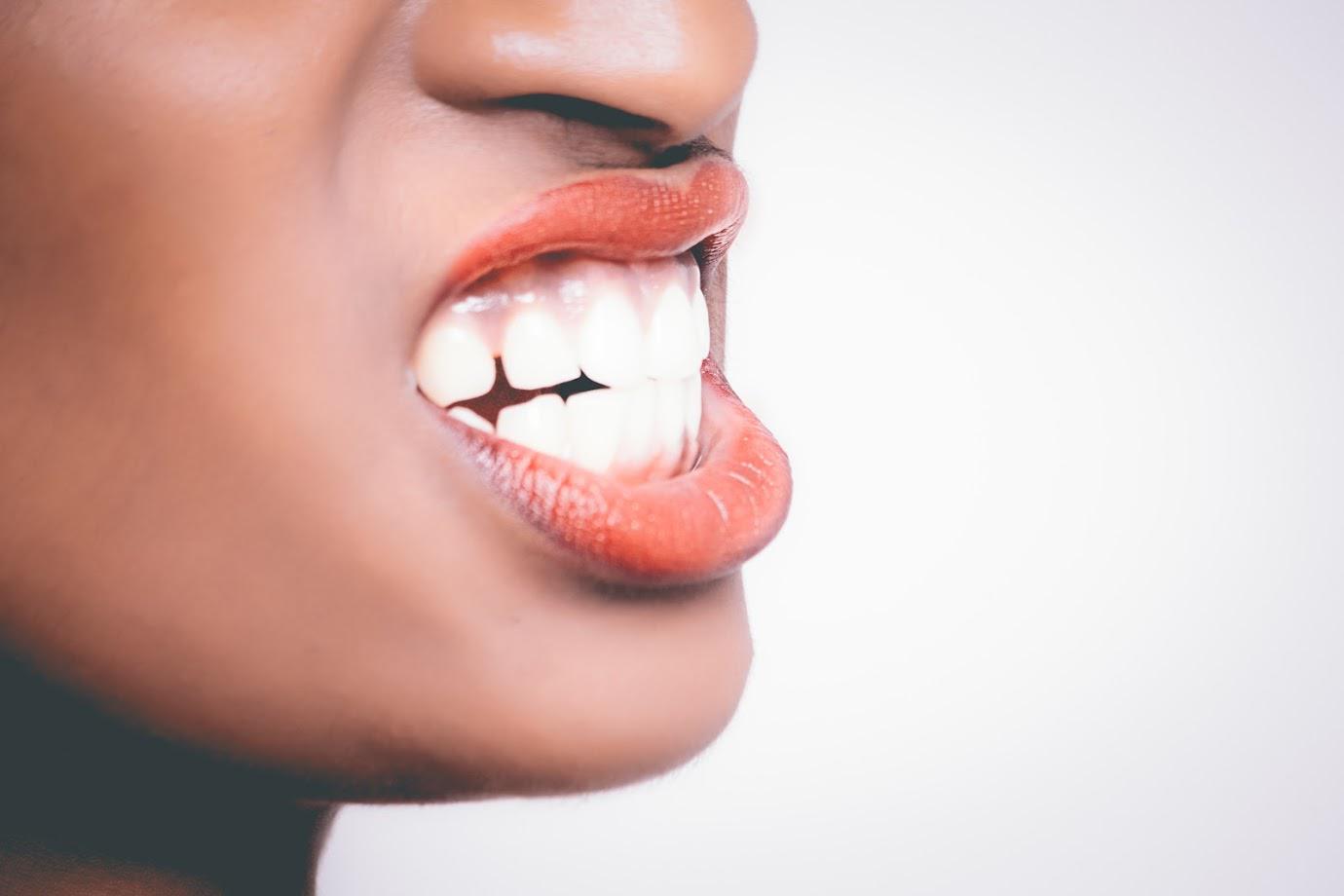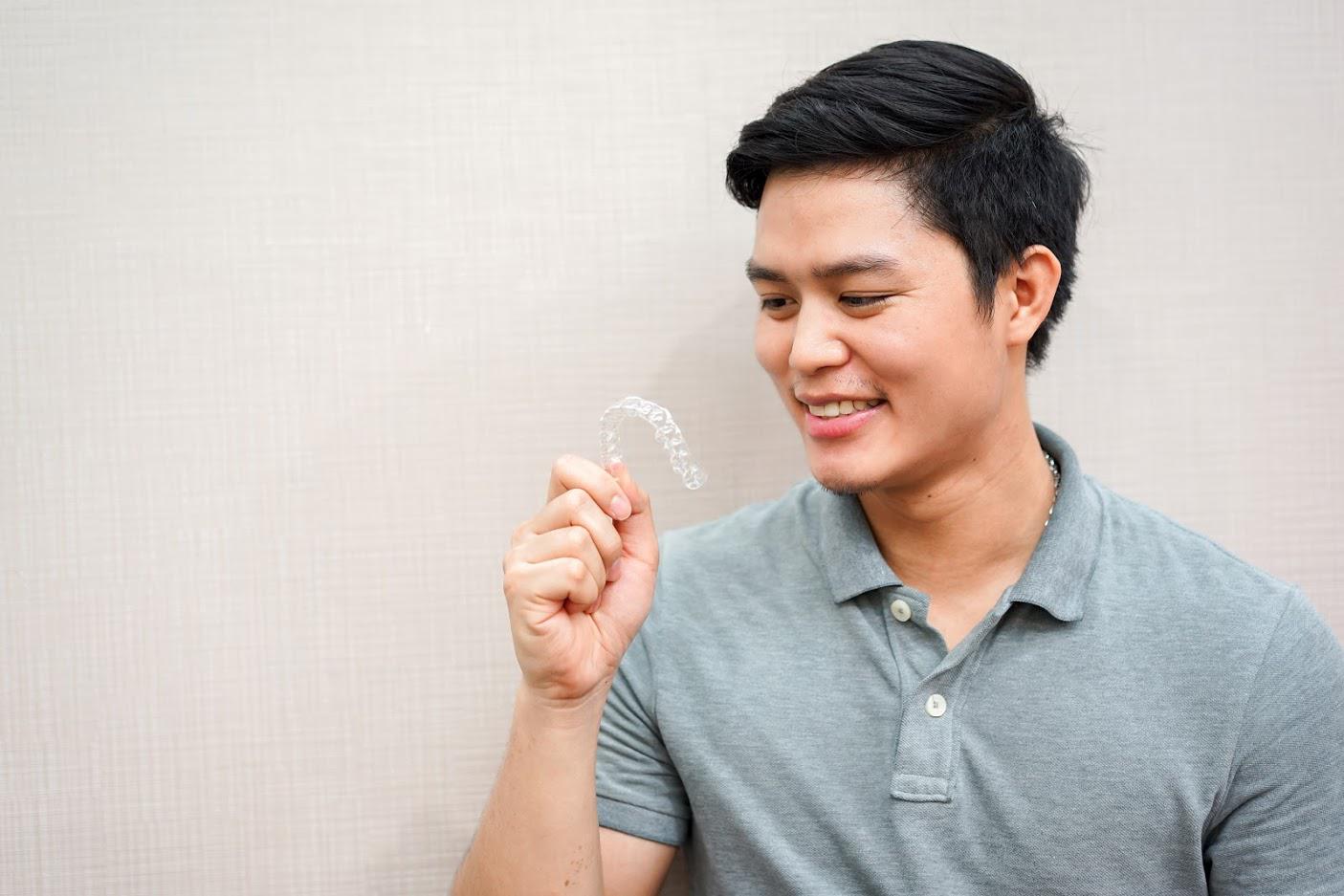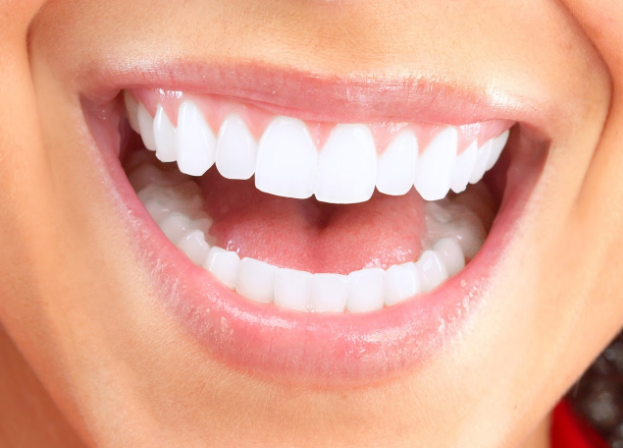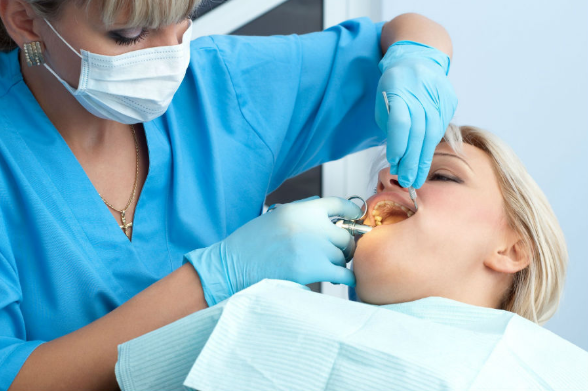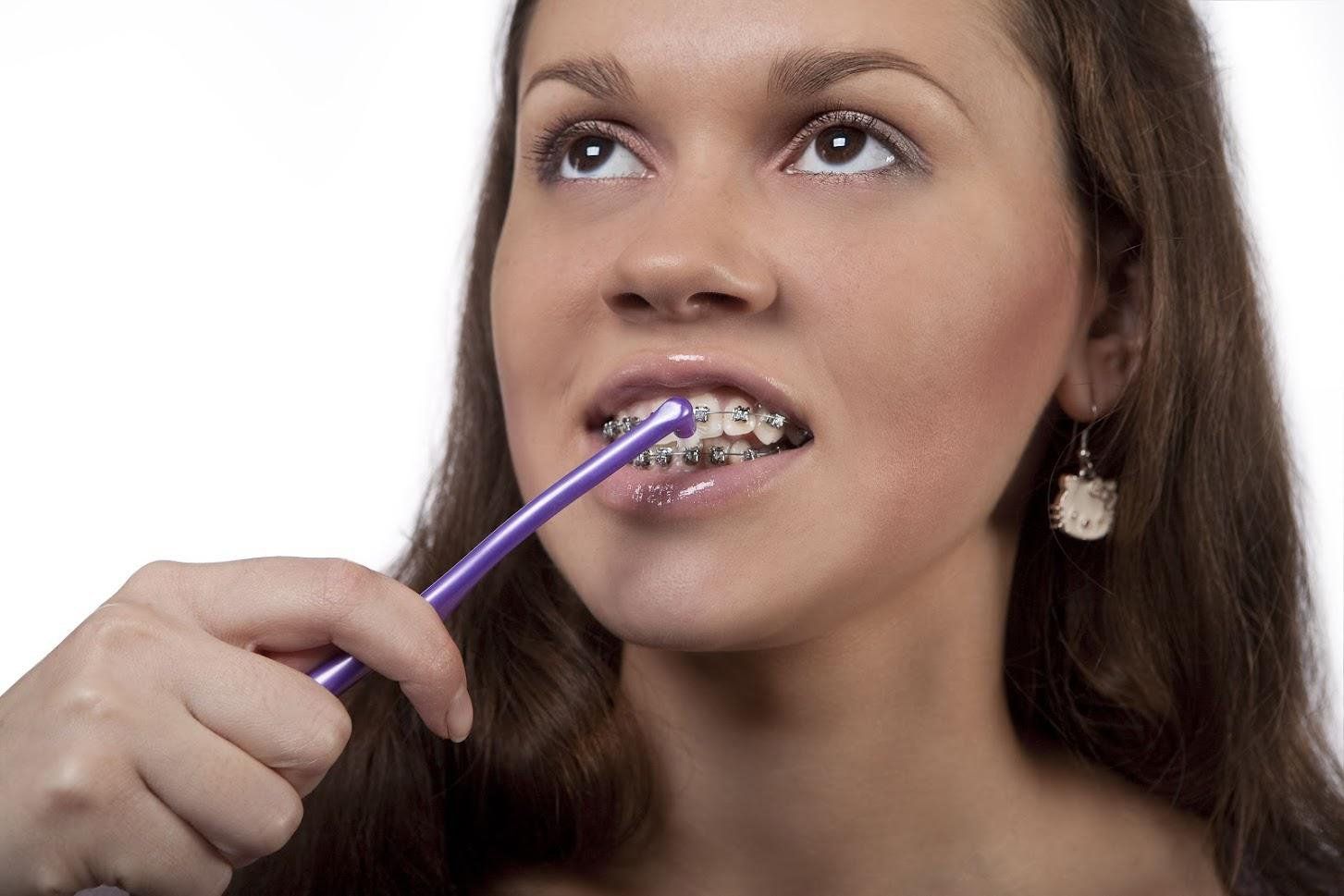What Do You Need to Know About Orthodontic Elastics?
- By Admin
- •
- 21 Jan, 2019

Orthodontic treatment does more than just straighten your child's smile. It helps to prevent painful decay, gum disease, speech problems, and even tooth loss. Even though braces can move misaligned teeth into place, sometimes brackets and wires aren't enough. If your child needs elastics, take a look at what you need to know about these orthodontic rubber bands.
Types of Elastics
There are two main categories of orthodontic elastics. Depending on your child's needs, the orthodontist may recommend one or both types of use. Orthodontic elastics include:
Ligatures. These elastics fit around the metal brackets. As part of your child's braces, these small-sized rubber bands help to move the teeth in a specific direction and can apply a greater degree of force. The orthodontist typically changes these during regular appointments. Interarch rubber bands. These elastics help to adjust your child's bite (or jaw position). Your child will hook these rubber bands onto the brackets, removing them for meals. Instead of the orthodontist replacing them, your child will change them daily.
Always follow the orthodontist's recommendations for interarch rubber band use. Failure to do so could extend your child's treatment time. Using extra rubber bands or wearing them longer than recommended is never advisable.
Choices for Elastics
While your child won't have a choice whether they wear ligature, interarch, or both types of rubber bands, they will get to select what the elastics look like. Given that elastic ligatures are permanent parts of your child's orthodontic treatment, they may want a type that they're comfortable looking at every day.
Elastic ligatures often come in a wide variety of colors, giving your child options. Your child can pick their favorite hue, select their school colors, or go with a holiday theme (such as red and green for Christmas or pink for Valentine's Day). If your child wants to try something new or prefers a changeable seasonal color scheme, they can select different hues at their next office visit.
Care for Elastics
How should your child care for their orthodontic elastics? The answer depends on which type they have. Elastic ligatures require little extra care. Your child can brush and floss as they normally would. If an elastic breaks or pops off the bracket, do not replace it yourself. Call the orthodontist as soon as possible and schedule an appointment for a replacement.
If your child wears interarch rubber bands, they should remove the elastics before daily oral care. Brushing and flossing around these bands isn't easy. Removing them, and setting the bands aside, makes it possible for your child to brush every space of their mouth without obstructions.
Remind your child to immediately replace the elastics after brushing and flossing. Failure to do so can extend the length of time that your child needs to wear them.
Like with oral care, make sure that your child immediately replaces the rubber bands after their meal or snack to make the most of their treatment. Your child should also carry a few extra rubber bands with them during the day. These bands can break (or your child could lose one after removing it to eat), making it necessary to replace them.
Expectations for Elastics
With proper elastic wear and care, your child's orthodontic treatment plan should proceed as expected. Your child may notice some soreness or discomfort in the beginning of use or if the orthodontist changes the tension of the rubber bands. This pain is typically temporary and is likely to subside after the first few days.
Does your child need orthodontic treatment? Contact our staff at Donald E. Snyder Orthodontics for more information.

